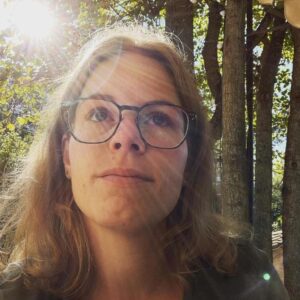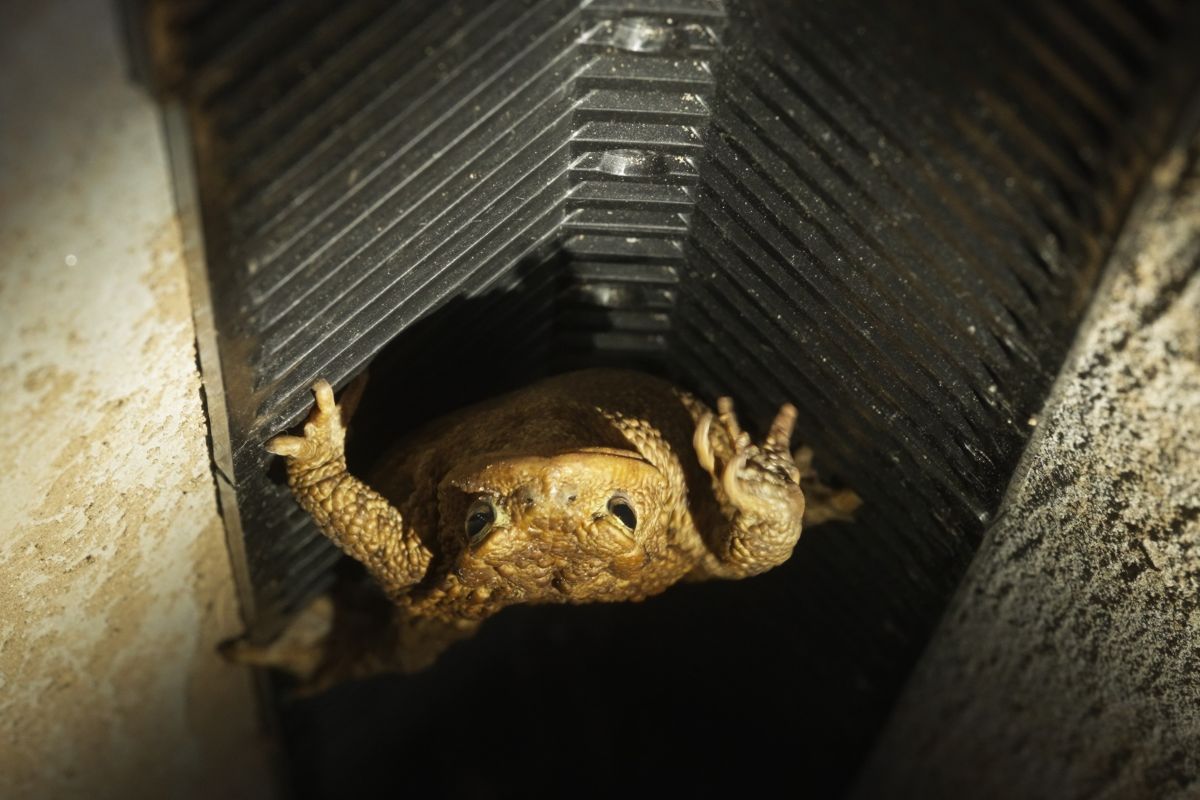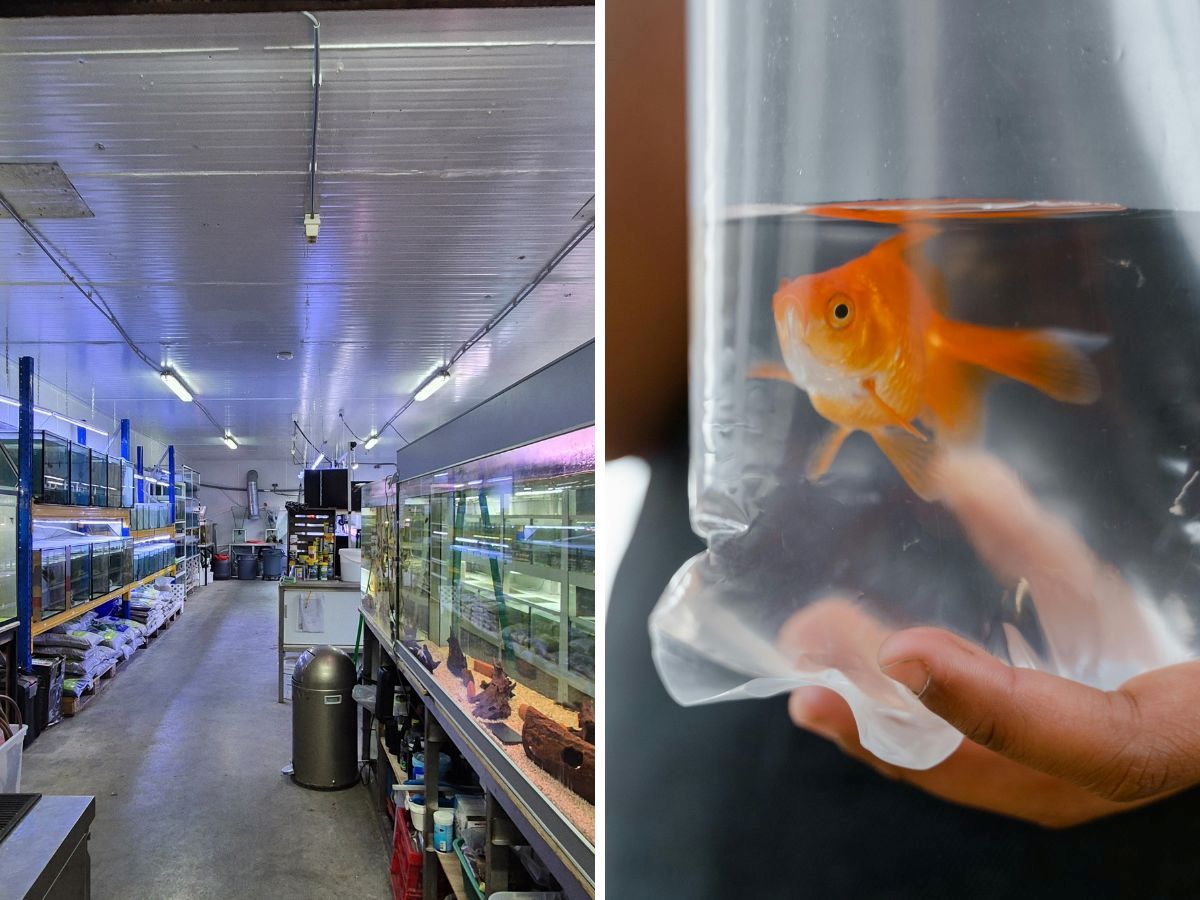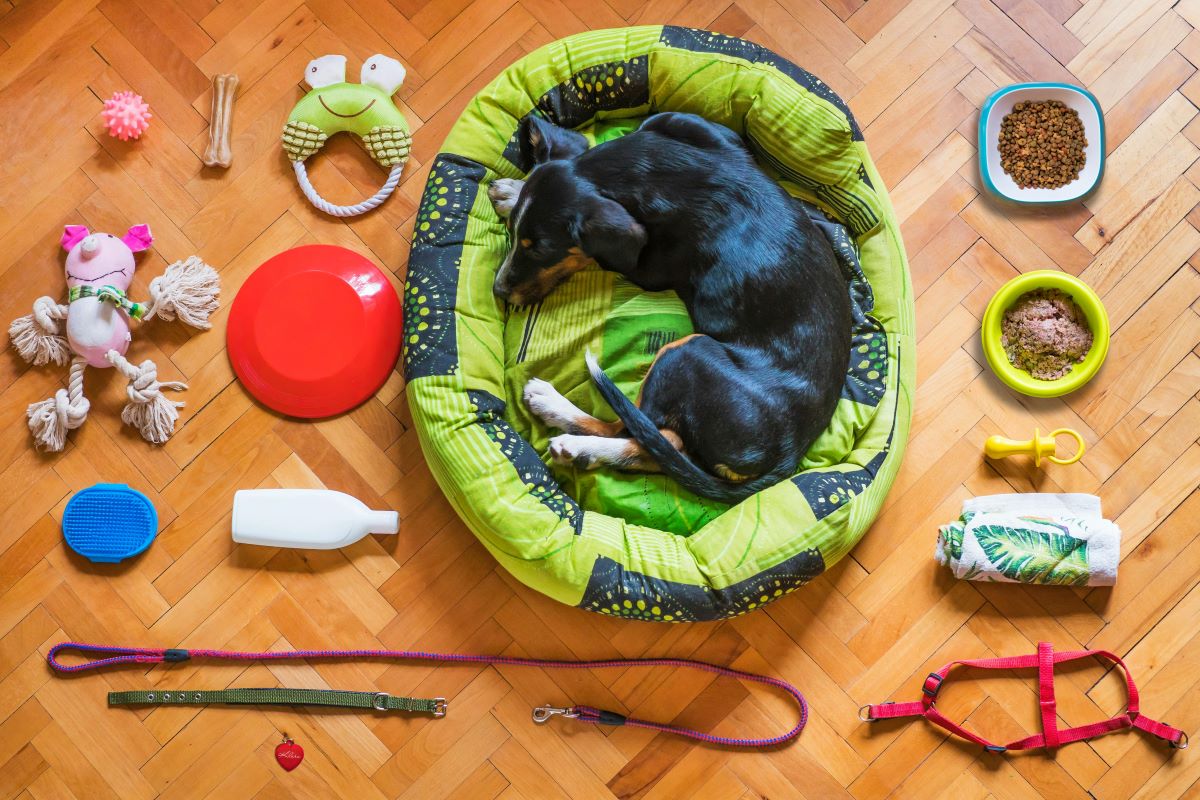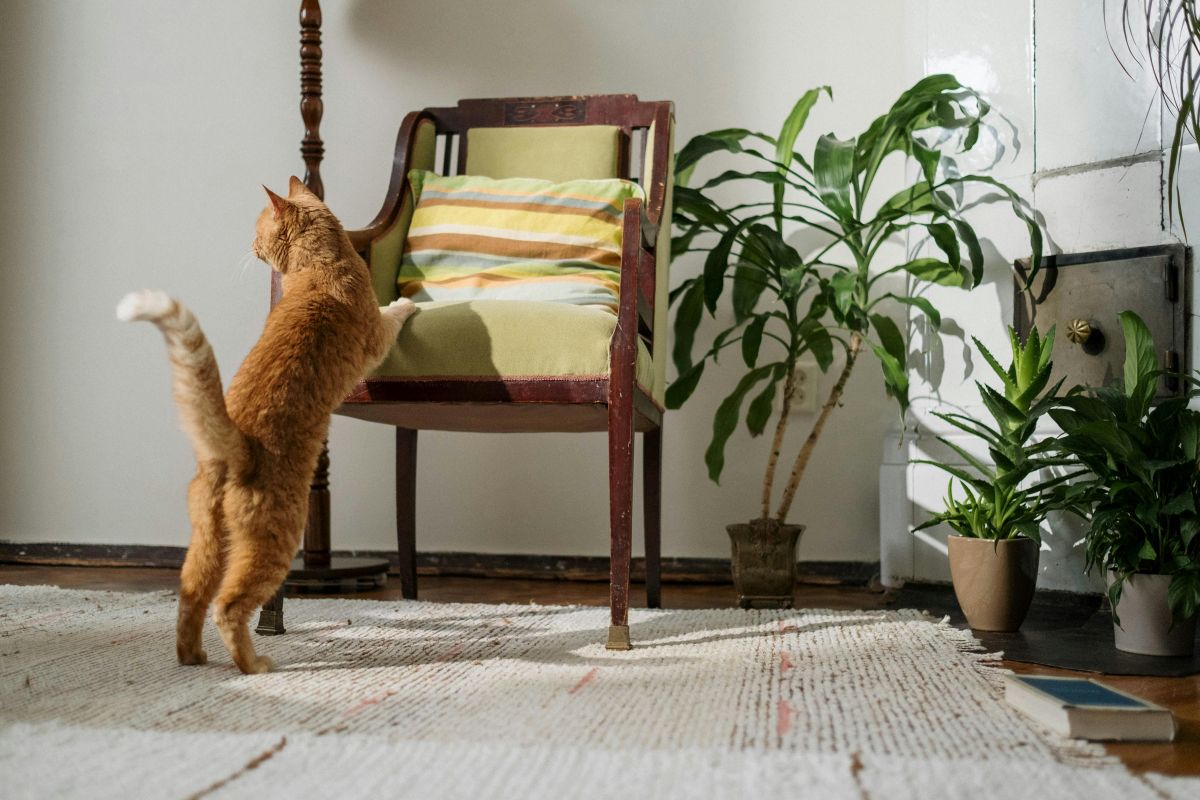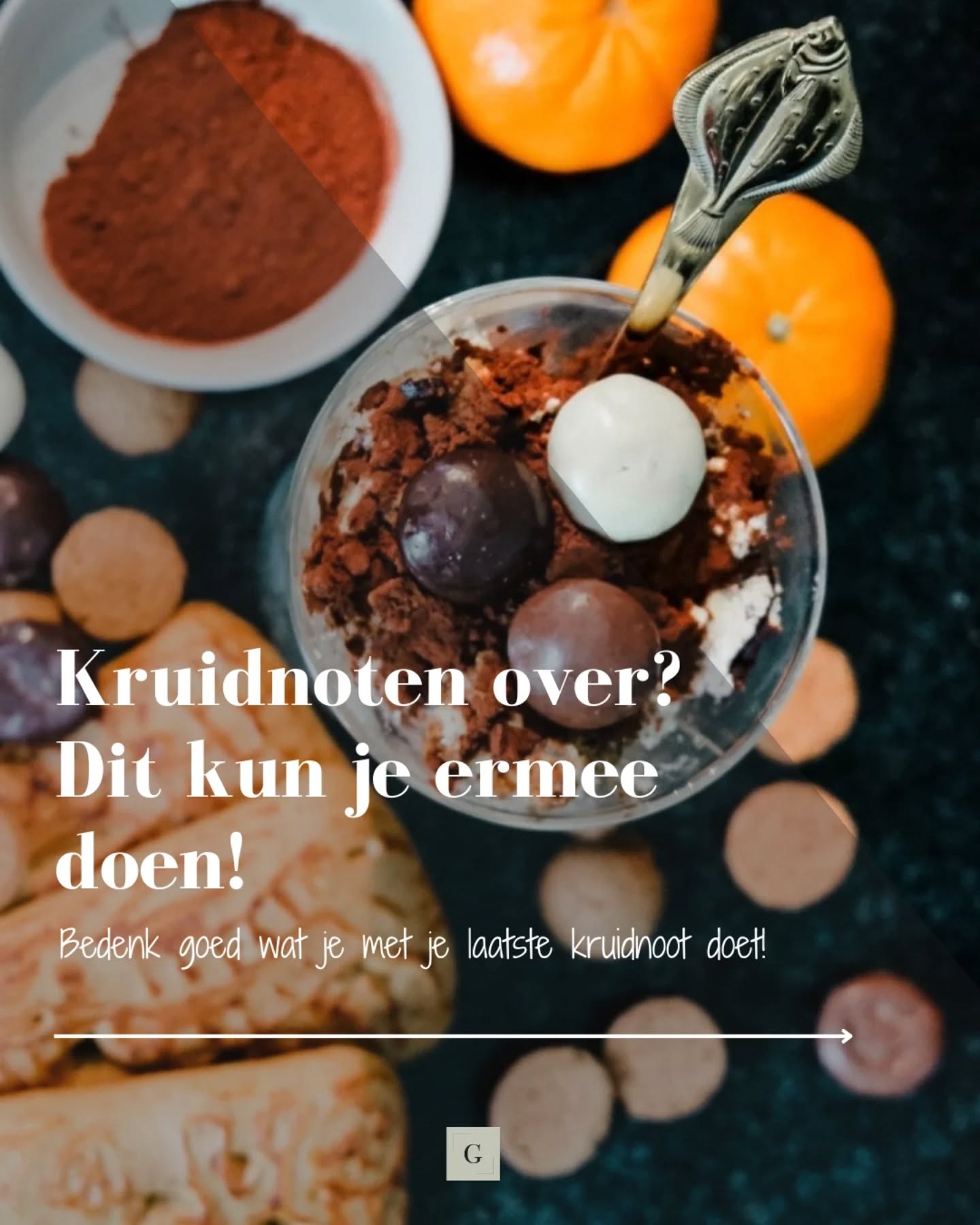A few years ago, no one seemed to be talking about it and now you fall over this word: native plants. But what are they? And why are you hearing more and more about them? Our sustainable gardening expert Amanda gives us a crash course in native plants. Thanks Amanda!
Crash course in native plants
When you think of a green garden, you quickly think of one filled with cosy plants and flowers. But that is not all. A garden where plants, animals and soil life really thrive requires more. Creating such a garden is not necessarily more difficult, but it does require some conscious choices. Choosing the right plants, which means mostly native plants, is one such sustainable choice. In this article, I'll explain why.






Above: native plants: daisy, cornflower, true camomile and deaf nettle. Below: orangetip that depends on cuckoo flower, the purple native flower on the right.
We call plants native if they have maintained themselves here since the last ice age, ten thousand years ago. By ‘here’ we do not just mean the Netherlands, because plants obviously know no land borders. Their spread is stopped by seas and mountains, though. The border runs roughly into Germany and France. We call these species native and they are well adapted to local soil and climate conditions.
Native plants provide balance
The life cycle of native plants is closely linked to that of many animals. Plants and animals have lived together for many generations and are well matched and sometimes even dependent on each other. Take for example the caterpillar of the orange tip (butterfly), which depends on the cuckoo flower and garlic-without-look as a food plant. The butterfly lays its eggs on this plant. Once the eggs hatch, the caterpillars eat from these plants. Without these plants, no orange tipsy. These plants are called host plants. So by choosing native plants, you give these animals an extra chance of survival. With these plants, you make a valuable contribution to the habitat of animals and especially insects. If there are fewer insects, the number of insect-eaters will also decrease, think birds, hedgehogs and frogs.
Exotic plants
Plants that are newly introduced are called alien plants. These species have no specific relationship with the animals living in our country. For instance, a native species like the pedunculate oak has a relationship with as many as four hundred animal species, while bamboo has this with none in the Netherlands. Well forward, bamboo serves as shelter and protects against the cold. Native plants also have another advantage, they often last longer because they thrive in our climate. This also makes them stronger than plants that do not naturally occur in our country.
Alien or non-native plants cannot survive without help from humans. Did you know that this includes many agricultural crops? Leeks and broad beans, for example, do very well here but cannot reproduce themselves without human help. The same goes for rosemary. Precisely because they cannot propagate themselves, they pose no threat. Good to know is that some leaves of non-native trees and shrubs are difficult to digest, both on the ground and in the compost heap. American oak and cherry laurel are examples of this.
Native plants
Besides native and non-native plants, you also have native plants. These are species that arrived in our country long ago, for example because people brought them here or because animals transported the seeds. When these plants can maintain themselves in our climate on their own, i.e. without human help, we call them native plants. They have become established in today's vegetation. An example is the American currant tree.
One particular group that we are less happy about are the so-called invasive exotics. These are plants that are so self-sustaining that they pose a threat to native species. With their growth, they displace native plants. Examples include giant hogweed and Japanese knotweed. Japanese knotweed, with its huge root system, even causes damage to houses and roads. Fighting these invasive exotics is often very difficult. Since 2016, a European ban on the possession, trade, breeding and transportation of a number of invasive species.
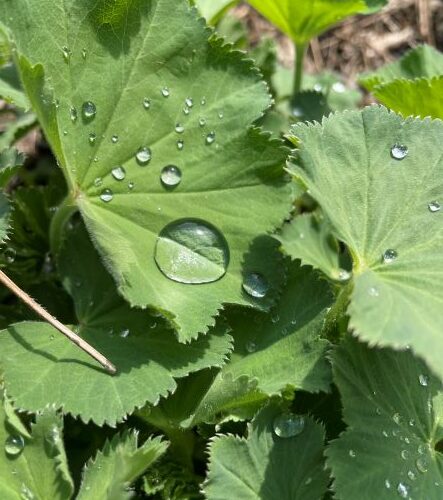
Do I use only native plants?
The answer is no. I aim to use the vast majority of native plants. I also believe that plants from Europe often do well in the Netherlands. For me, however, they must always have an added value for the animals, such as providing pollen or food, for example in the form of berries. I also use non-native plants to make the flowering arc as long as possible. I strive to always have something in bloom year-round so that insects are provided with pollen and nectar. And that does not always succeed with only native plants.
Besides, the eye wants something too. So as an ecological garden designer, I always make various considerations. In order to make the right choice, the location and especially the function that a planting has to fulfil are essential. So making a planting plan is always a fun puzzle. Below, I share a list of my favourite plants:
Favourite native plants
- Althea officinalis - Common holly
- Pulmonaria officinalis - Spotted lungwort
- Achillea millefolium - Yarrow
- Allium ursinum - Wild garlic
- Symphytum officinale - Common comfrey
- Sanguisorba officinalis - Large pimpernel
- Origanum vulgare - Wild marjoram
- Saponaria officinalis - Soapwort
- Dryopteris filix-mas - Male fern
- Ajuga reptans - Creeping zen green
- Persicaria bistorta - Adderroot
Favourite native plants
- Alchemilla mollis - lady's mantle
- Amelanchier lamarckii - Currant tree
- Vinca minor - lesser periwinkle
Useful list to get started with your sustainable garden
- Are you looking for plants and flowers? Then this handy plant finder get you started.
- Are you looking for organic growers? Then check out biotuinwijzer.nl.
- Do you also want a flowering arch and have something blooming all year round? Then check out this flowering arc.
- It is also great fun to swap seeds and plants through Facebook groups, Marketplace and plant libraries.
Want to do something for insects and other animals yourself?
By putting more native plants in your garden, you make an important contribution to biodiversity in your environment as well as to the reproduction of these species. This can be done perfectly well in combination with cultivated species. Want to get started with a sustainable garden?
- Also see: help nature, buy poison-free plants.
- Also see: what's wrong with potting soil?
- Also see: Simple tips for more water in the garden to help animals.
- Also see: Butterfly Man Nicky: This is what you can do to help butterflies!
Photo credits: thegreenlist.nl (main picture), Nature-close, Amanda Sniekers.


